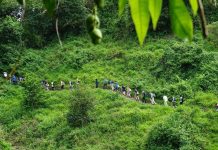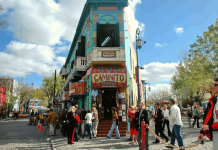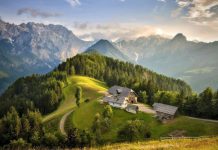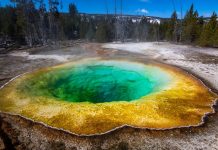If you have even been to California or Arizona, you are likely to have heard of the Chocolate Mountains. This mountain range spans about 60 miles and boasts a wide range of features, including rocky peaks and beautiful views.
You are able to part-take in various exciting and adventurous activities near these mountains. For example, many tourists visit the Chocolate Mountains for hiking, climbing, sight-seeing, and mountaineering.
If you are interested in visiting this unique mountain range, you have come to the right place. In this article, we will be discussing everything that there is to know about the Chocolate Mountains, including their geography, geology, and climate.
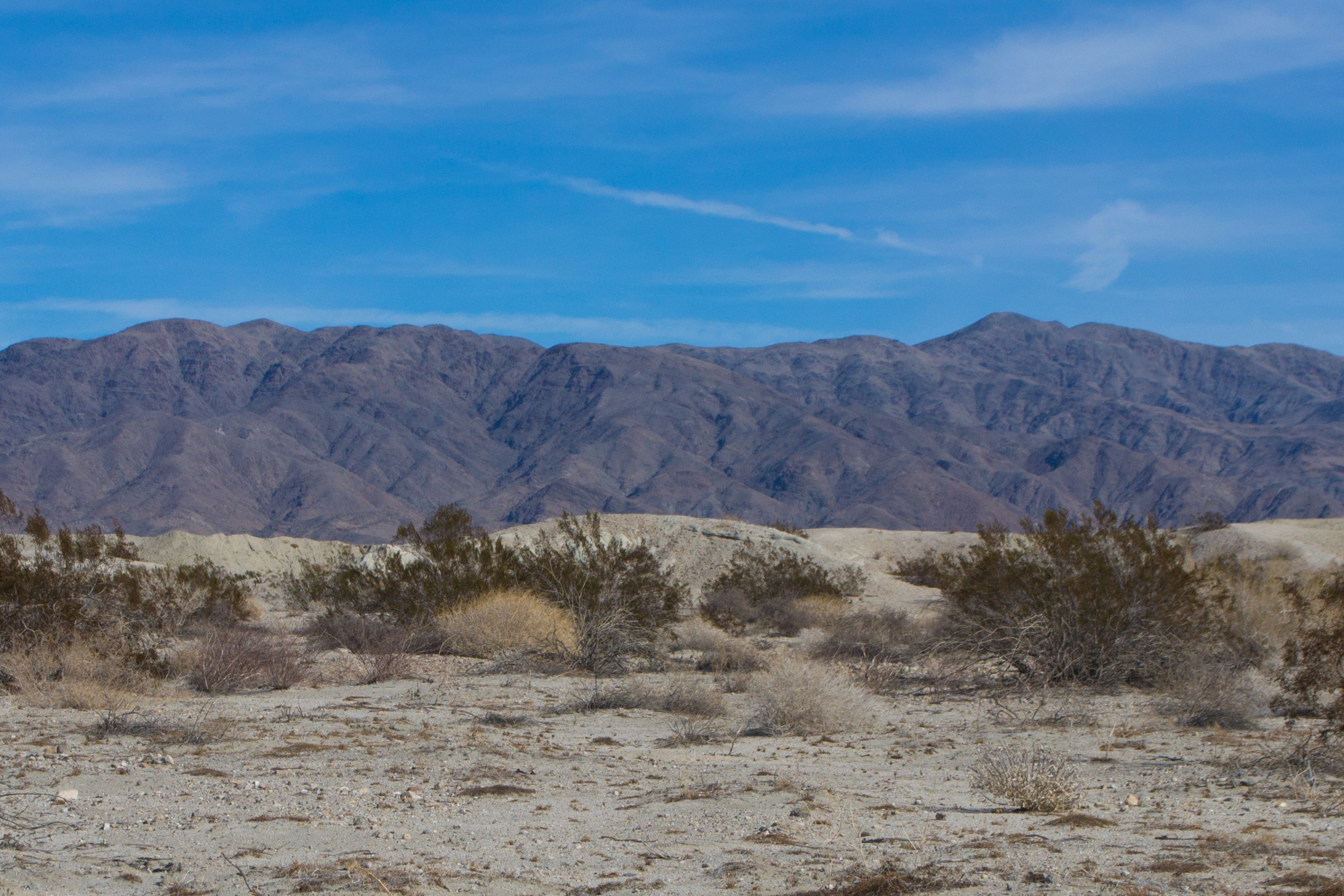
The Geography And Geology Of The Chocolate Mountains
As we have already mentioned, the Chocolate Mountains span a distance of about 60 miles or 100 kilometers. This range is located in Imperial and Riverside counties in southern California, stretching from the northwest in a southeast direction.
This mountain range is located to the east of the Salton Sea. If you travel in a North Easterly direction, you will be able to find the Chuckwalla Mountains and the Colorado River.
It is important to note that the Chocolate Mountains of Arizona are not connected to this particular mountain range. In fact, these mountains can be found roughly 30 miles west of the Arizona mountain range.
The Chocolate Mountains reach a total elevation of roughly 2475 feet or 754 meters. The highest point is called Mount Barrow, and this particular section of the mountain acts as a watershed.
If you visit this area, you will be sure to find plenty of plants of the creosote bush family. Beneath the surface, the Chocolate Mountains are composed of Precambrian basement rocks. More so, geologists have found granite intrusions scattered around the area.
The Climate Of The Chocolate Mountains
In a normal year, this mountain range will receive very little rainfall. To be more specific, a total of 4 to 6 inches will fall in this area within a 12-month span.
The climate in the area of the Chocolate Mountains is very dry, humid, and hot. As we have already discussed, this mountain range can be found in southern California, meaning that it is located in the Colorado Desert. With this being said, you will be sure to find shifting sand dunes and shrub-like vegetation in the Chocolate Mountain area.
The hottest time of the year to visit this mountain range is between June and September. During this period, the temperatures can be as high as 100 degrees Fahrenheit.
On the other hand, the coldest time of the year to visit this mountain range is between December and February. During this period, the temperatures can be as low as 40 degrees Fahrenheit.
What Can You Do In The Chocolate Mountains?
Interestingly, this mountain range was used for gold mining in the 19th and 20th centuries. If you visit the area, you will be able to see and explore a few excavation sites from these mining days.
The Chocolate Mountains can be used for a wide range of adventuring activities. For example, many people visit this area to complete the Red Tape hike. This day-long adventure does not require any permits and is relatively straight-forward. There are various peaks that can be climbed, making the Chocolate Mountains the perfect hiking destination.
This mountain range has a few campsites that can be found at various altitudes. To be more specific, you can set up camp at the Juniper, Poleta, Fossil, or Pinon campgrounds.
More so, many mountaineers and climbers visit the Chocolate Mountains because of its beautiful views and rocky ledges. As we have already discussed, there are plenty of peaks that can be accessed and used as a climbing area.
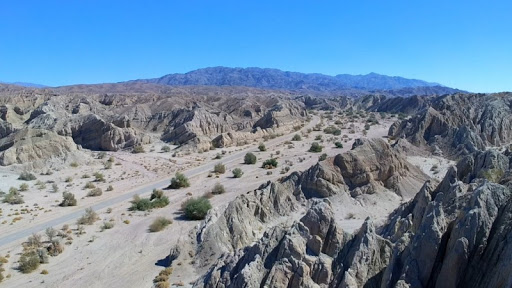
Summary
The Chocolate Mountains can be found in the south of California and part of Arizona. This area has a very dry, hot, and humid climate.
If you visit the Chocolate Mountains, you will find plenty of shrubs and an arid-like environment. There are plenty of activities, such as hiking, climbing, mountaineering, and camping, that tourists can partake in in this area.







